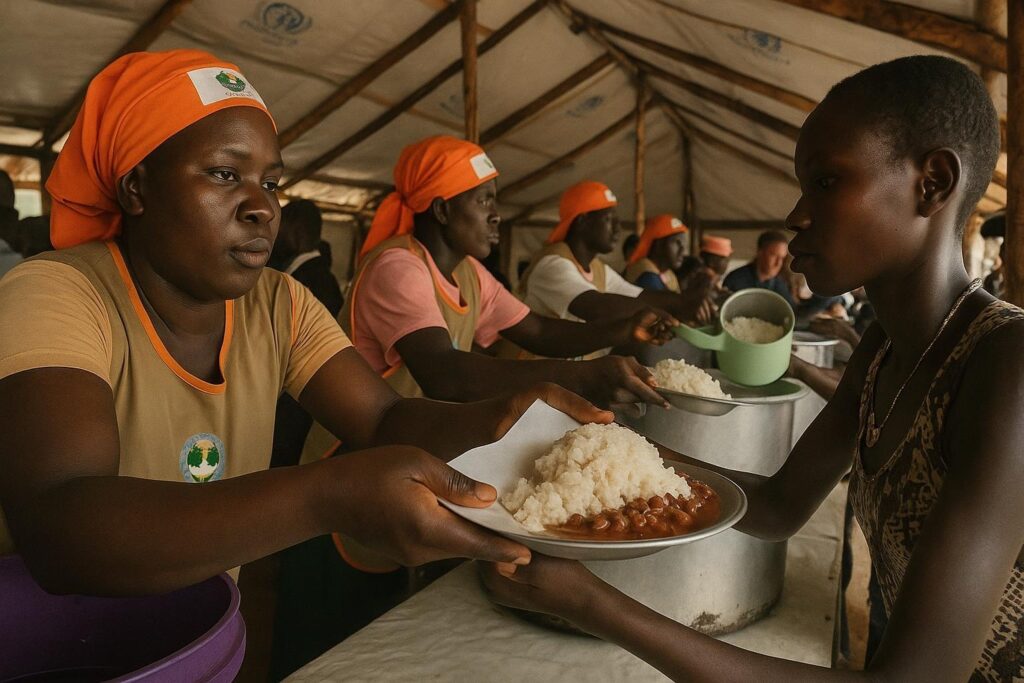Hunger Indicator Flashes Red
South Sudan, barely fifteen years old, is battling a perfect storm of conflict, climate shock and economic collapse. Food agencies warn that over seven million people teeter on the edge of starvation, a proportion unrivalled outside active warzones.
The World Food Programme (WFP) calls the situation a critical tipping point, echoing alerts issued during the 2011 famine in Somalia. For many households, a single meal of sorghum has become a luxury.
Power Struggles Driving Insecurity
President Salva Kiir and Vice President Riek Machar signed a 2018 power-sharing deal, yet rival troops remain largely unreintegrated. Skirmishes in Upper Nile and Unity states disrupt planting seasons and force families to flee just weeks before harvest.
Repeated delays to national elections—now pencilled for 2026—fuel uncertainty among elites and combatants. Analysts fear that any abrupt transition could ignite wider fighting, choking humanitarian corridors already restricted by insecurity.
Climate Shocks and Economic Freefall
Floodwaters have covered vast stretches of Jonglei, Warrap and Aweil, submerging grazing land and contaminating wells. Nearly 1.4 million residents were affected last year alone, according to UN figures.
With main trade routes underwater or blocked by gunmen, imported staples arrive sporadically and at inflated prices. The South Sudanese pound has lost over half its value since 2022, slashing household purchasing power.
Donor Fatigue Meets Grass-Roots Action
The UN humanitarian appeal for 2025 stands little above twenty percent funded. Competing crises in Sudan, Congo and the Central African Republic sap attention and dollars, leaving agencies to reduce ration sizes.
Local civil-society networks try to fill gaps by pooling remittances from the diaspora and organising river deliveries of maize flour. “Community groups have prevented a repeat of the 1960s disaster,” observes analyst Daniel Akech.
Stability as the First Prescription
Observers argue that security reforms matter more than emergency food drops. A credible ceasefire, accelerated troop integration and clear electoral timelines could reopen markets and attract the private capital needed for large-scale farming.
Climate financing also remains vital. Flood-resilient roads, raised grain stores and early-warning systems would cushion communities against the next deluge, buying time for political dialogue to take root.
Until leaders place civilians above factional rivalries, the hunger curve is unlikely to bend. South Sudan’s tipping point, experts caution, is less a date than a daily reality felt around empty cooking pots.


